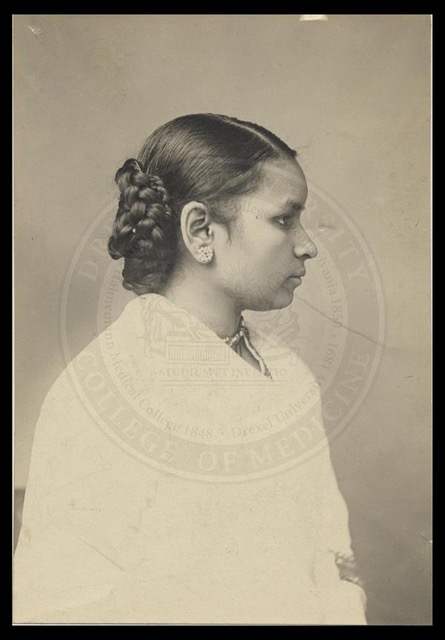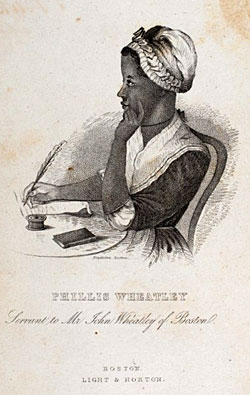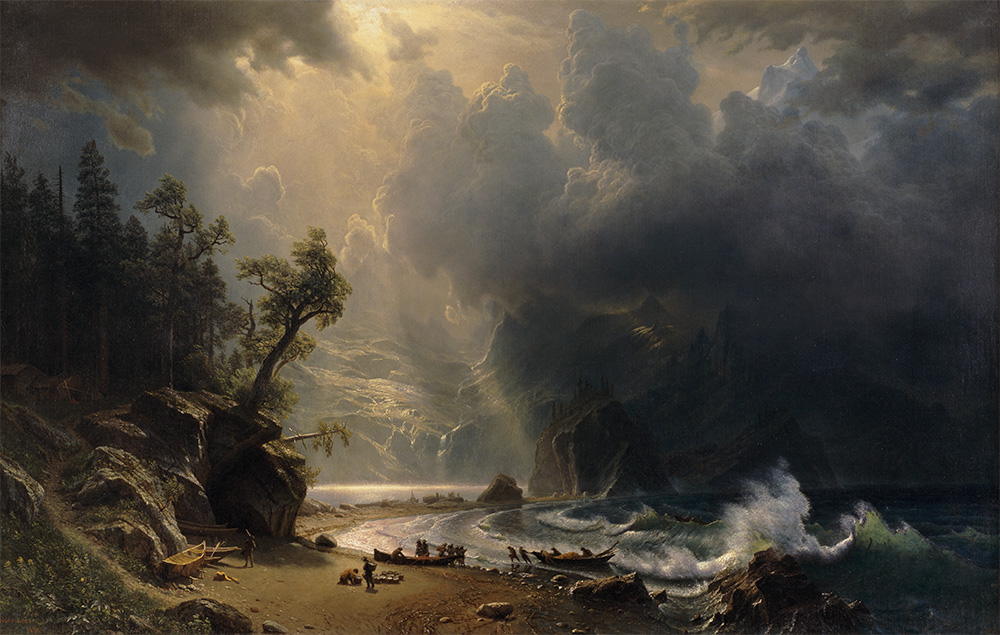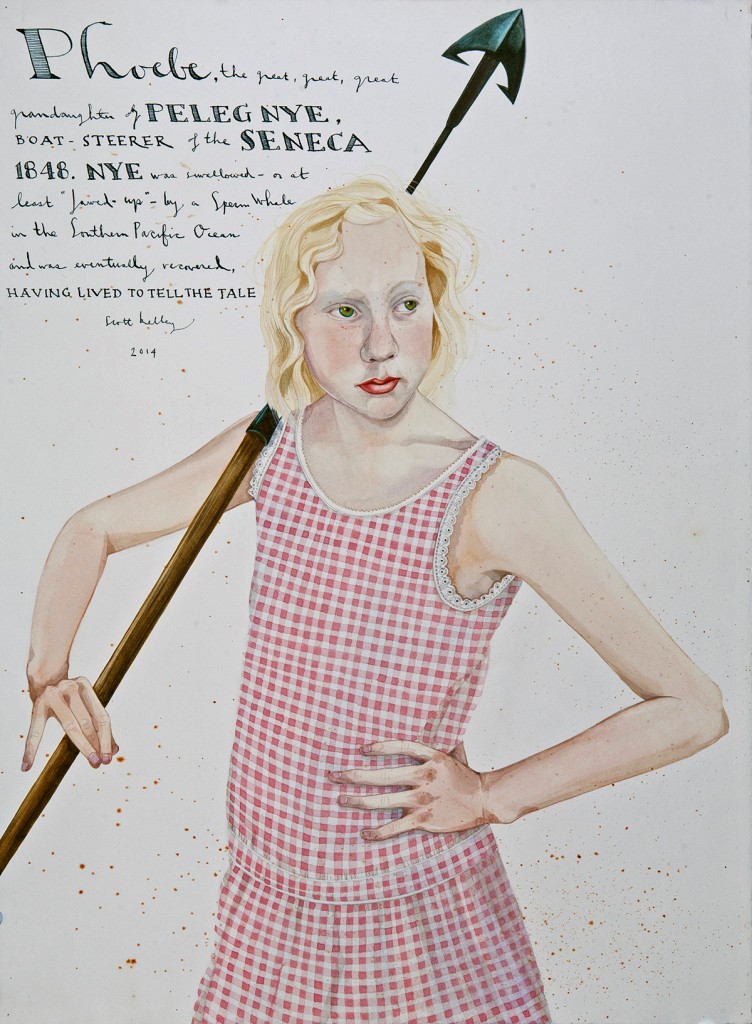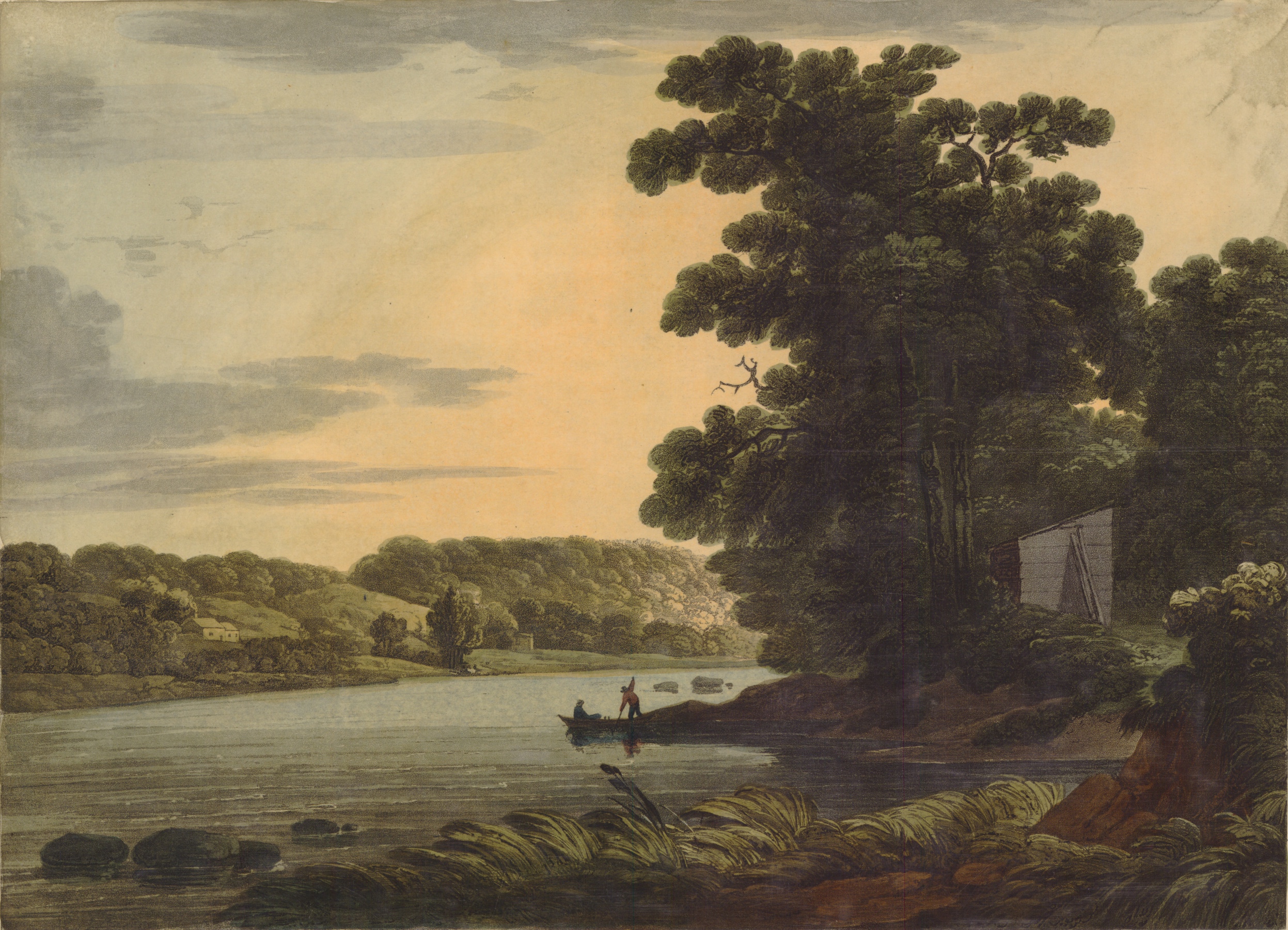To Find You III
[O’Keeffe’s Abiquiu House, Abiquiu, NM; present day]
Bushes of mulberry, rosemary, cherry;
trees of filbert, plum, and peach. Beside
the ladder leading to the roof, blue
and yellow columbine; a head-high
stalk of hollyhock, the unblossomed
buds like pursed green stars.
In the back, the view unobstructed
is somehow less than the same view
framed by your studio window.
A bush of the sage that ranges
ragged across these basins is,
in your patio, trimmed like bonsai,
tame as a housecat. How did you see
into this once-ruin of adobe and mud,
used by villagers as a sty for their pigs,
and know—both the vision
of what it could be and that your will
could make it so? You hired local women
to daub and smooth, every surface
leveled by a woman’s hands. I stand
in the shadow of your patio door,
breathe its new coat of acrid shellac,
dust eddying up in the afternoon light.
To Find You IV (Georgia O’Keeffe Museum Research Center)
[Santa Fe, NM; present day]
Just beyond the windows, sprinklers arc steady intervals between the trees, which are all in full leaf. It does not feel like desert. The archive’s air is cold and dry, each of its three large tables covered in brown leather, topped with two lamps. Small brown moths flutter through the room. One lands on my foot.
In low gray rows with small white labels, the drawers are glass-topped, heavy. Regulations require I ask a security guard to pull each out for me, drawer by drawer.
G1: Source Materials/Animal Bones
Teeth sprout from the jaw like desert coral, the old bone fissured to woodgrain. Vertebrae like spongiform model airplanes, most no bigger than the large moth skating across the drawer’s glass. It is so quiet I can hear the flap-tapping of its wings.
G2: Source Materials/Animal Bones
A photo of O’Keeffe in the back of a car, a fragment of pelvis held to her eye like a monocle. That section of pelvis is in the center of the drawer. A card reads, “O’Keeffe used bones to explore the combination of near and far.” Propped next to it, a tiny replica of her painting Pelvis IV—giant foregrounded pelvis framing a tiny faraway moon.
Outside, a crow plucks grubs from the trunk of a catalpa tree, its leaves broad as a man’s palm. They shake in the breeze. A thousand hallelujah hands flushed through with light.
Polaroids, mostly, taken by O’Keeffe, blurred with chemical peel and streak.
“Skull and Chair:” A cow skull hung on the wall above a straight-backed wooden chair. Written on verso, “This is at the end of the Portal—beyond the ladder. That chair I paid ninety-eight cents for 22 years ago. One thing I have that is worth its price. It isn’t antique. It is from Montgomery Ward. G”
In Box 6, photos of the same chair. She set her paintings in the dirt, propped against its seat, to photograph them for Alfred.
One year of Stieglitz/O’Keeffe original correspondence—1944—in seven ringed archival boxes. Foxed and tea-colored in their acid-free sleeves, I can feel their corners through the plastic.
But the pages of three letters are too long, folded over in their sleeves. The archivist removes them—three sheets of onion skin on the large empty table. She held these. He held these. My breath flutters their edges. I have the urge to put the corner of one in my mouth. I resist this.
Her “I” whorls like an ear, making the letters so distinctly hers she didn’t need to sign them. Two black moths stutter against the white window frame. I notice her abstract sculpture on the lawn outside—the same lopsided spiral. How can I care so much for people I have never met?
To Find You
[Georgia O’Keeffe Museum, Santa Fe, NM; present day]
In the great hall: your
navy canvas shoes, jeans, long-sleeved shirt,
polka-dotted kerchief. Your voice
from the screening room. On this knife I might
fall off on either side. But I’d walk it again.
I’d rather be doing something I really wanted.
Here is your resurrected campsite: canvas-wrapped
canteen, Sterno stove, miniature cast—
iron fry pan. Your tent roofed by a rough tarp,
walls of gray-black oilcloth. Your biography
broods the air. A tour guide mock-corrects himself,
“As Georgia, I mean, Ms. O’Keeffe always said …”
From the gift shop, two middle-aged men wear
monogrammed chambray shirts “just like the ones she
wore.” An elderly woman cries in the corner
before the swirl of White Rose. Just this morning,
I had to explain, again, to a friend, that your paintings
are more than postcards writ large; that you
both are and are greater than your biography.
I’m tired. How did you make the choice
to be alone for your art? They’ve curated
a corner of the tent up. What would I produce
from such loneliness? There is the edge
of your sleeping bag, brown and tan. How
desperately I want to crawl in, to rest for a while
in your temporary bed, breathing in what you left.
To Find You II
[On Photography: A Questionnaire]
Georgia:
What is it like to be photographed?
To be dressed, posed, forced to move or be still?
Is your pose meant to convey a message?
If so, is it yours or one that Alfred has given you?
In photos of you with another person, whom do you see first?
Describe what it’s like to look at photos of yourself
—right after they were taken.
—years later.
Alfred:
When you meet someone new, how long before you reach for your camera?
Describe
—the act of taking a picture.
—developing it, her face swimming up through the chemical waters.
When looking at a photo you’ve taken
—do you recall what happened before or after?
—can you remember past the frame of the shot?
When shooting, how cut-off or connected do you feel to your subject?
How does a moment change when you begin taking pictures?
How does a person?
To Find You
In silence, grow
transparent as an old-world
photographer’s glass plate.
My edges going
hazy as the noon desert, salted
as a body beneath that zenith
sun—until I am prepared
to slot into the coal black
hold of a moonless night.
Naked in the barrens
until morning, ready
for what images
come with such
exposure.





